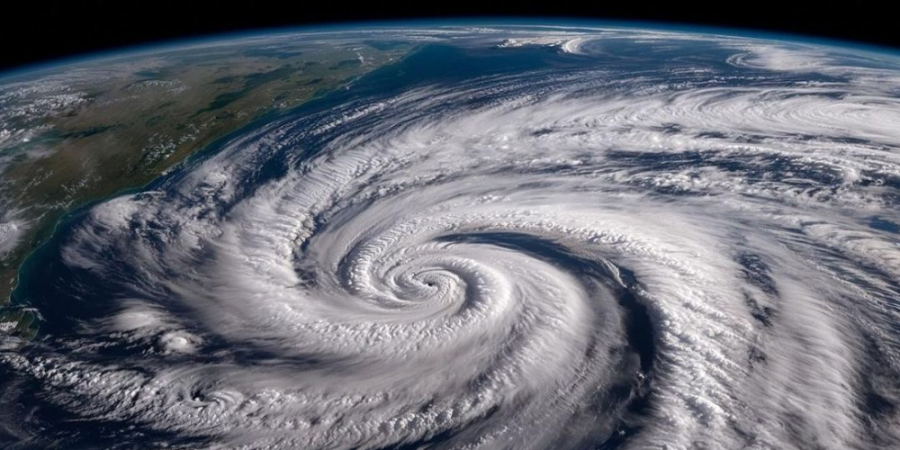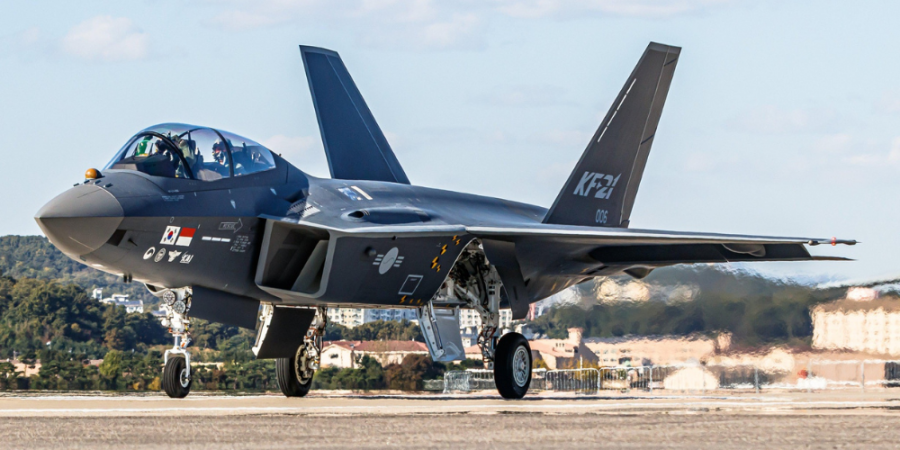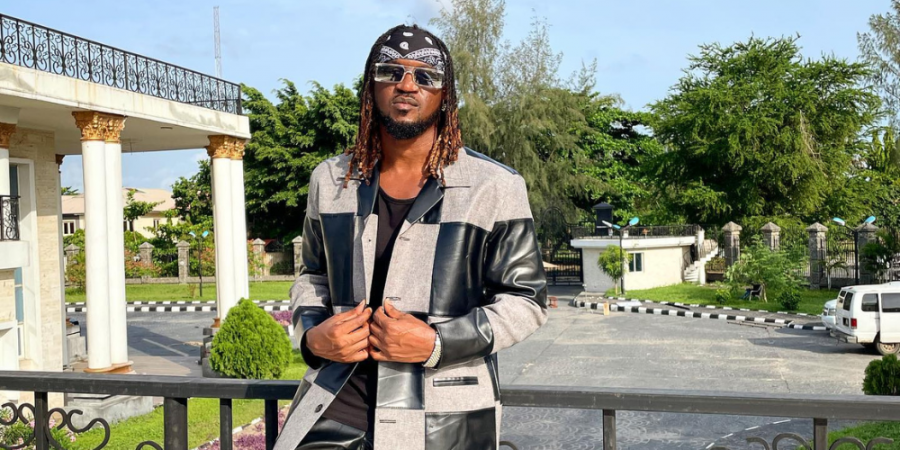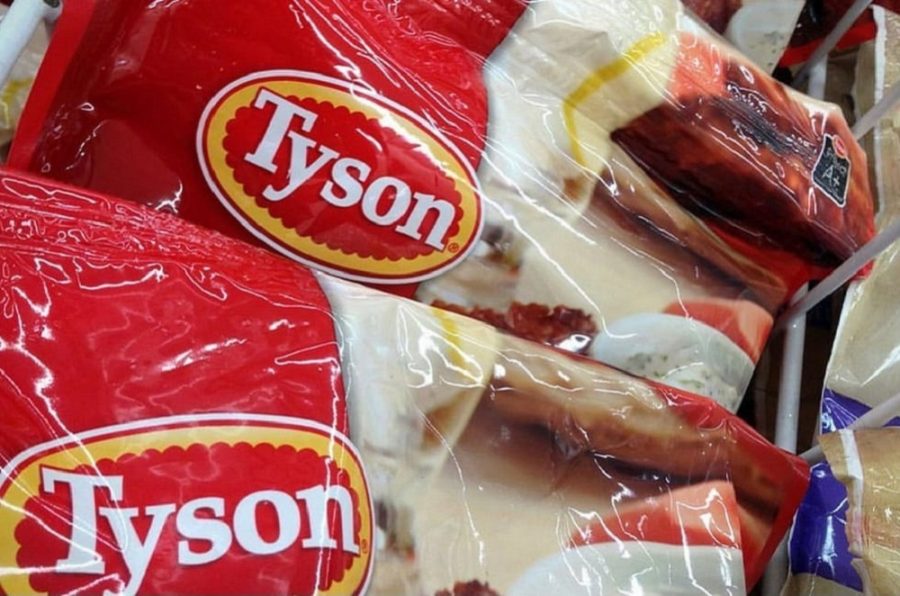The first friend-droid powered by artificial intelligence, similar to virtual assistant Alexa, was fired off into space on a second-hand Space X Falcon Rocket on Friday and will be introduced to astronauts aboard International Space Station within the next few days in what could be the beginning of a new space-exploration friendship between humans and robots.
HAL-like Space Robot
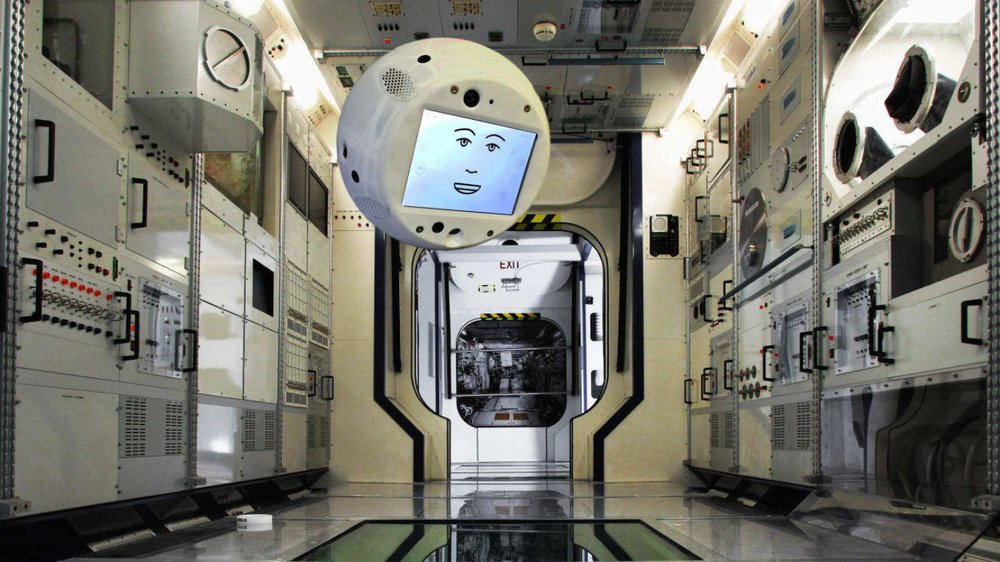
CIMON, a friendly AI robot, set off on its first space exploration adventure on Friday, 5:42 a.m. on SpaceX Falcon 9 rocket from Cape Canaveral Air Force Station
The friendly virtual assistant CIMON, which is the first AI robot to be sent in space, is nothing like the red-eyed super-computer-turned-villain, HAL, from the 2001 sci-fi film A Space Odyssey. Instead of searing laser eyes, the friend-droid’s screen displays a genial face that can make anyone smile.
Designed to assist astronauts in their daily activities, CIMON (known as Crew Interactive Mobile Companion) is the size of an oversized head, built by Airbus using IBM’s supercomputer technology, Watson.
Officials said that the giant robot head will become the first smart assistant sent to the space station that will play the role of Alexa or Siri for scientists and help them in their science experiments in the laboratory.
Assisting Astronauts
The cool robot technology is already equipped with tasks and experiments that scientists will have to perform on ISS as well as a detailed manual to help the crew with technical tasks. CIMON’s most useful skills include giving scientists step-by-step instructions outlined in the manual, show photos to assist them in the experiment and answer their queries about it.
Officials say that the idea of sending an AI assistant robot into space is not to replace the scientists or the ISS crew, but to help them with some of their responsibilities and ease the burden of work so that life on an orbiting space station doesn’t become too overwhelming for them.
Astronauts will still be able to make all the important decisions with CIMON’s assistance. The oversized robot head is fitted with cameras and voice commands that help it engage in intelligent conversations as well as relay information from the ISS back to Earth.
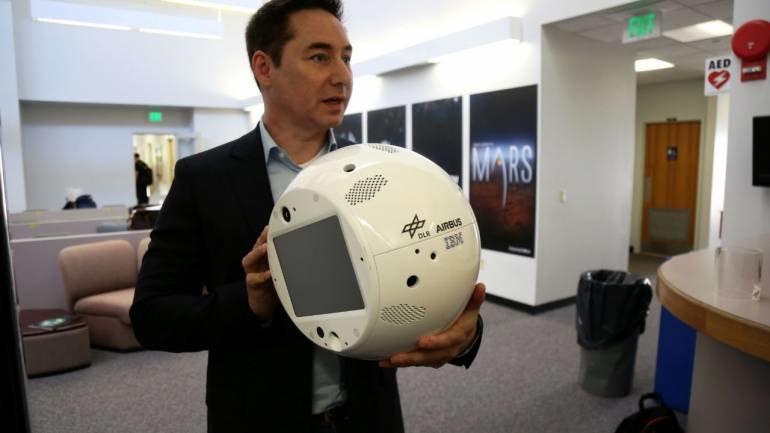
The oversized robot head is fitted with cameras and voice commands that help it engage in intelligent conversations as well as relay information from the ISS back to Earth
Another Milestone for SpaceX
Airbus’ system engineer, Philipp Schulien, assured that crew member aboard space station will not be replaced with robots in the future and the company’s intention is to assist astronauts in their missions with the help of artificial intelligence. ‘AI is not self-training, which is why it will never replace humans on critical space missions,’ said Schulien.
CIMON, the friend-droid, set off on its first space exploration adventure on Friday, 5:42 a.m. on SpaceX Falcon 9 rocket that took off from Cape Canaveral Air Force Station for the International Space Station with almost six thousand pounds of supplies and cargo on board. The spectacular launch was yet another success for a young aerospace company like SpaceX, founded in 2002 by Elon Musk, which has carried out 12 successful rocket launches this year so far.
Although SpaceX rockets have been carrying cargo and supplies to space for several years now, the company has yet to hit its ultimate milestone of flying humans into space. The company says that its reach its goal this year through its next generation ‘Block 5’ iteration which will fly astronauts by the end of 2018.
The latest Falcon flight was Tesla’s 15th mission to transport cargo to the station; it reflew its Dragon Capsules four times in the past, while the boosters have been reflown 14 times. But the company has never flown anything like CIMON to the space station before.
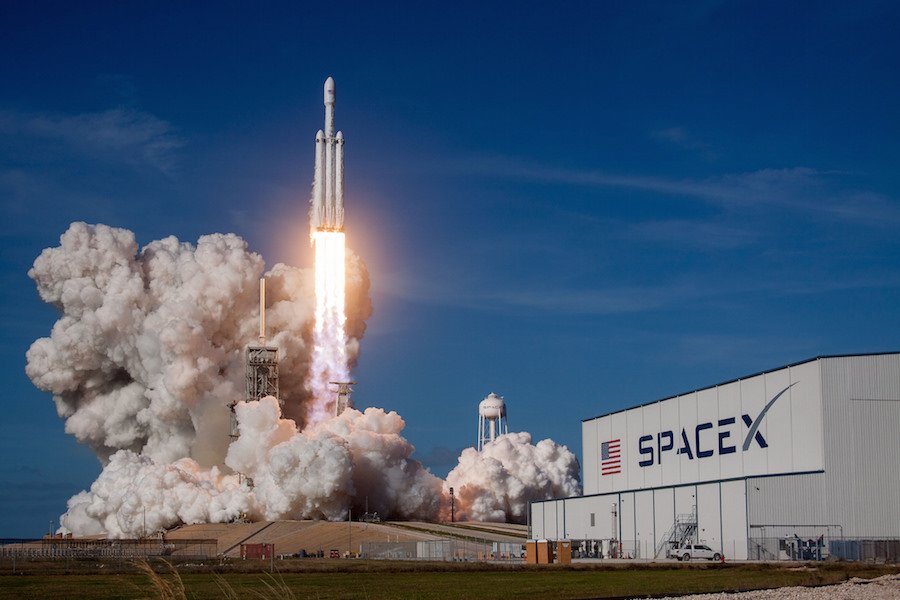
Impressive Skills
Officials say that the robot is still in its early stages of experimentation and they are yet to see how it functions in space and how scientists react to it. CIMON was specifically designed for one German astronaut named Alexander Gerst who was able to interact with it during his training.
The robot also recognized Gerst’s face and learned his voice and speech patterns through deep learning technology, and now officials are hopeful that it will be able to do the same with other astronauts on ISS.
Gerst, who played an important role in picking out a design and voice for CIMON, was able to summon the robot by simply calling out its name. The machine cruised towards Gerst on its own and oriented its face towards him after detecting the direction his voice was coming from.
Upon reaching the space station, CIMON will assist Gerst with his science experiments and also help him with complex tasks such as solving the Rubik’s cube.
Do you think AI robots will replace astronauts in space one day?






